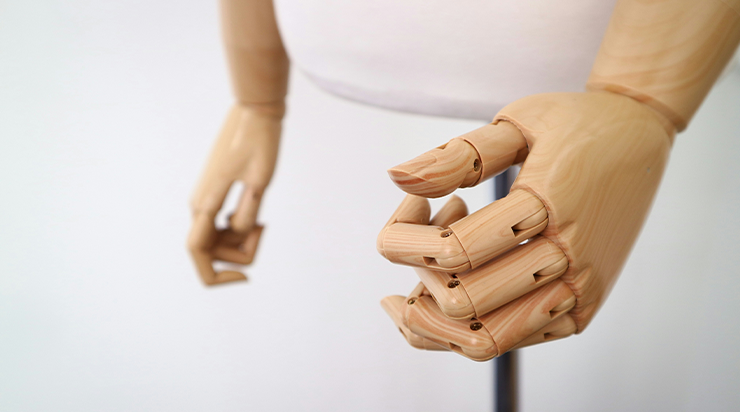Understanding the Basics of Assistive Tech
Assistive Technology (AT) refers to any device, software, or equipment that helps people with disabilities perform daily tasks more independently. From wheelchairs and hearing aids to screen readers and mobility apps, AT is designed to reduce barriers and improve quality of life. In India, the concept is still emerging in public consciousness, even though millions could benefit from it.
Globally, AT is considered essential for inclusion, especially in education and employment. But in India, the usage is often limited due to lack of awareness, affordability, and availability. Many people with disabilities remain dependent on caregivers or relatives for tasks that could be independently managed with the right tools.
The WHO reports that over 2.5 billion people globally will require AT by 2050. In India, that number is rising fast, yet the infrastructure, market, and healthcare systems are still catching up. India has policies, but ground-level implementation is lacking.
Efforts from the government, NGOs, and associations like Aatma are focused on filling this gap. Educating the public and increasing access to AT must be a national priority.

Public Perception and Knowledge Gap
Despite the growing demand, many Indians do not know what Assistive Technology really is. Unlike common medical devices like thermometers or glucose meters, AT remains hidden in niche markets and disability-specific organizations. This lack of public understanding affects demand, funding, and innovation.
Aatma aims to make AT more mainstream by simplifying access and educating both end users and professionals. Public health campaigns, school programs, and digital outreach can all support awareness.
Bridging this knowledge gap will unlock new markets, foster inclusivity, and change lives.
“Assistive technology isn’t charity; it’s a right and a tool for dignity. Awareness is the first step toward an inclusive and empowered India.”
Final Thoughts
India’s journey with AT is just beginning. By defining its value clearly, we can normalize its presence in homes, schools, and workplaces—creating a future of equal opportunity.



